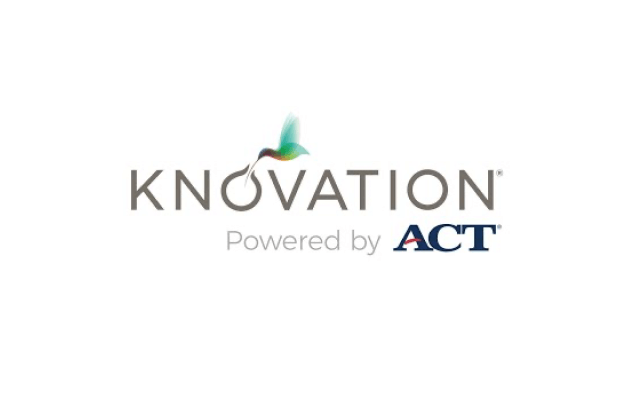Science Struck
Science Struck: Instantaneous Velocity: Meaning, Formulas, Examples
Explains what is meant by instantaneous velocity and the formula used to calculate it. Provides sample problems with solutions.
Science Struck
Science Struck: Interesting Facts About the Abyssal Zone
The Abyssal Zone lies deep in the ocean in the pelagic layer between 4,000 to 6,000 m or 13,000 to 19,500 ft. Learn about some of the unique life forms that call this zone their home, how they have adapted to the extreme pressure and...
Science Struck
Science Struck: Similarity Statement in Geometry With Examples
Models how to write a similarity statement about different types of triangles and quadrilaterals.
Science Struck
Science Struck: How to Find Volume With Water Displacement Method
Tells the story of how Archimedes discovered the Archimedes Principle and his water displacement method for determining the volume and density of an object. Provides an explanation and several examples of how it is done.
Science Struck
Science Struck: Adding Exponents
Explains how to add exponents as well as other aspects of exponents including positive and negative exponents, rational exponents, zero exponents, power of power, and division of exponents. Includes practice problems with answers provided.
Science Struck
Science Struck: Theory of Plate Tectonics
A detailed discussion of plate tectonics. Looks at continental drift, types of tectonic plates and plate boundaries, and primary and secondary tectonic plates.
Science Struck
Science Struck: What Are Ocean Trenches and How Are They Formed?
Around 72 percent of the Earth's surface is found under the oceans. It has always been contributing to the dynamically changing face of the Earth through the tectonic phenomenon occurring at its depths. Such a naturally occurring...
Science Struck
Science Struck: Interspecific Competition: Definition, Examples
Interspecific competition in an ecosystem is explained, along with the different ways it can manifest itself. Includes examples in different types of biomes.
Science Struck
Science Struck: Difference Between Surface and Underground Mining
Explains what surface and subsurface mining are, which ores are suited to each, their main differences, the types of mining within each category, and the advantages and disadvantages of surface and underground mining.
Science Struck
Science Struck: Mutualism Relationships
Learn how mutualism benefits the organisms in a symbiotic relationship and what the different types of mutualism are. Provides lots of examples.
Science Struck
Science Struck: A Guide to Projectile Motion With Real Life Examples
Projectile motion is explained here. Includes a discussion of Newton's Second Law of Motion, the formulas used to make different calculations, real-life examples of projectile motion at work, and sample problems with solutions.
Science Struck
Science Struck: Advantages and Disadvantages of Nuclear Energy
Discusses the pros and cons of nuclear energy.
Science Struck
Science Struck: The Meaning of Index Fossils Explained
Explains the importance of index fossils for the dating and chronology of events in the fossil and geological records. Discusses uses and examples of index fossils in the Cenozoic, Mesozoic, and Paleozoic Eras.
Science Struck
Science Struck: Visible Color Spectrum Wheel
A brief explanation of the visible color wheel.
Science Struck
Science Struck: Liquid Measurement Conversion
Provides tables showing how to convert liquid measurements used for cooking between different customary units and metric units. Covers teaspoons up to gallons, as well as conversions to milliliters.
Science Struck
Science Struck: How to Divide Fractions With Whole Numbers
Demonstrates how to divide a fraction by a whole number.
Science Struck
Science Struck: Earthquakes and Volcanic Eruptions
Explains what earthquakes and volcanic eruptions are and how they are related.
Science Struck
Science Struck: Understanding Deposition in Geology
Explains what is meant by the deposition of sediments by wind and water and provides examples of the resulting landforms.
Science Struck
Science Struck: Asthenosphere Facts
Discusses the characteristics of the asthenosphere which is in the upper mantle of the Earth's layers.
Science Struck
Science Struck: Wavelength of Visible Light Spectrum
Explains where visible light fits into the electromagnetic spectrum and the wavelengths for the different colors we see.
Science Struck
Science Struck: Relative vs. Absolute Dating
Explains what relative and absolute dating are and some different methods used for each. A Venn diagram is presented showing what characteristics they share and how they differ.
Science Struck
Science Struck: Metric Measurements: Units and Conversions
Discusses how the metric system of measurement was developed and provides tables of unit conversions within the metric system, within the Imperial system, and between the two systems.
Science Struck
Science Struck: Crystalline vs. Amorphous Solids: The Difference?
Explains the difference between crystalline and amorphous solids and describes the properties of each.
Science Struck
Science Struck: How Does Carbon 14 Dating Work?
Learn about carbon-14 dating and how it works.


